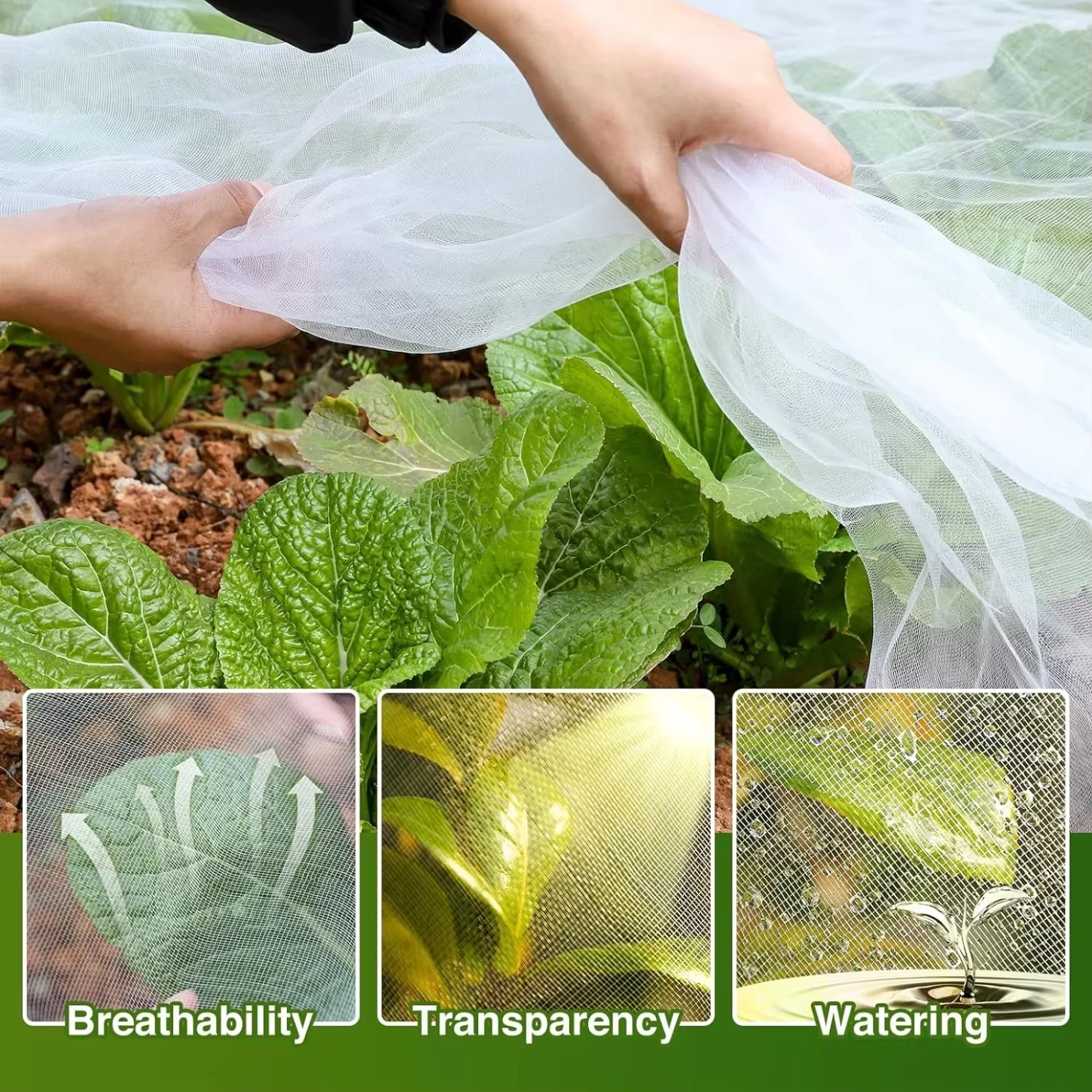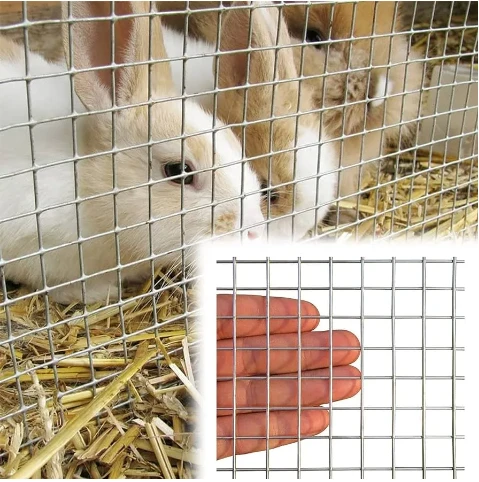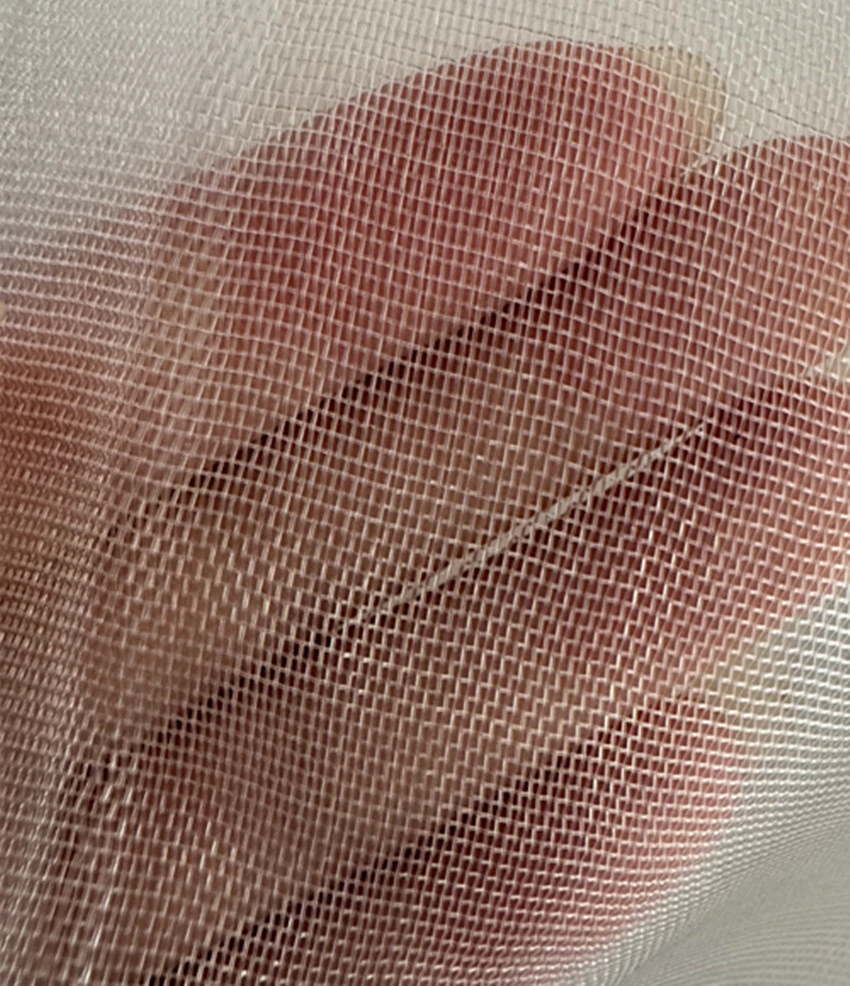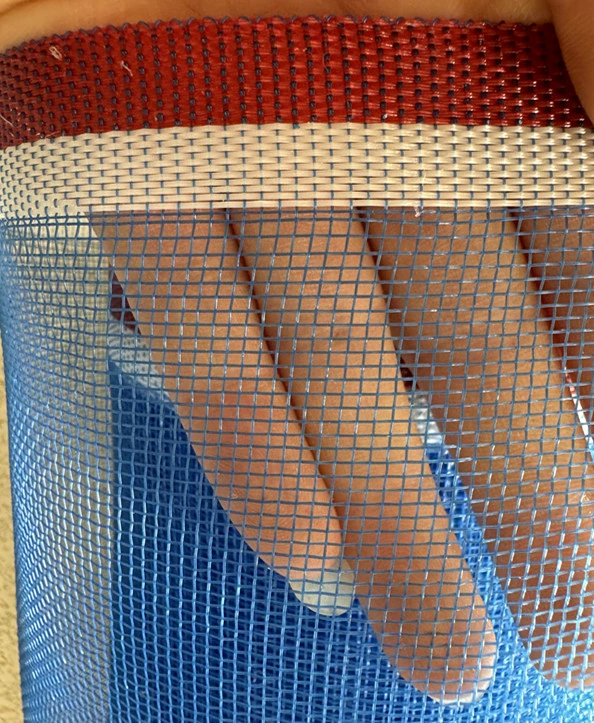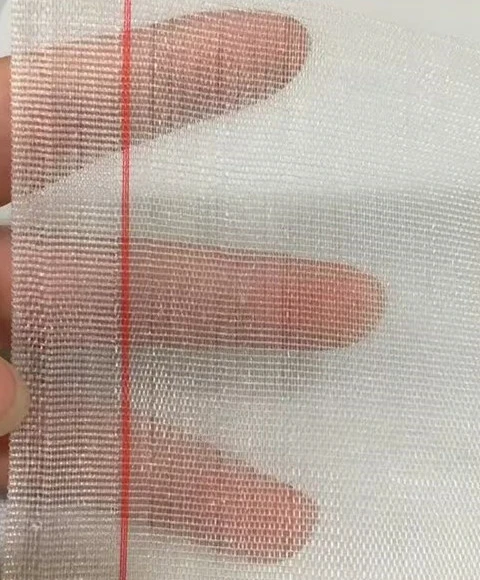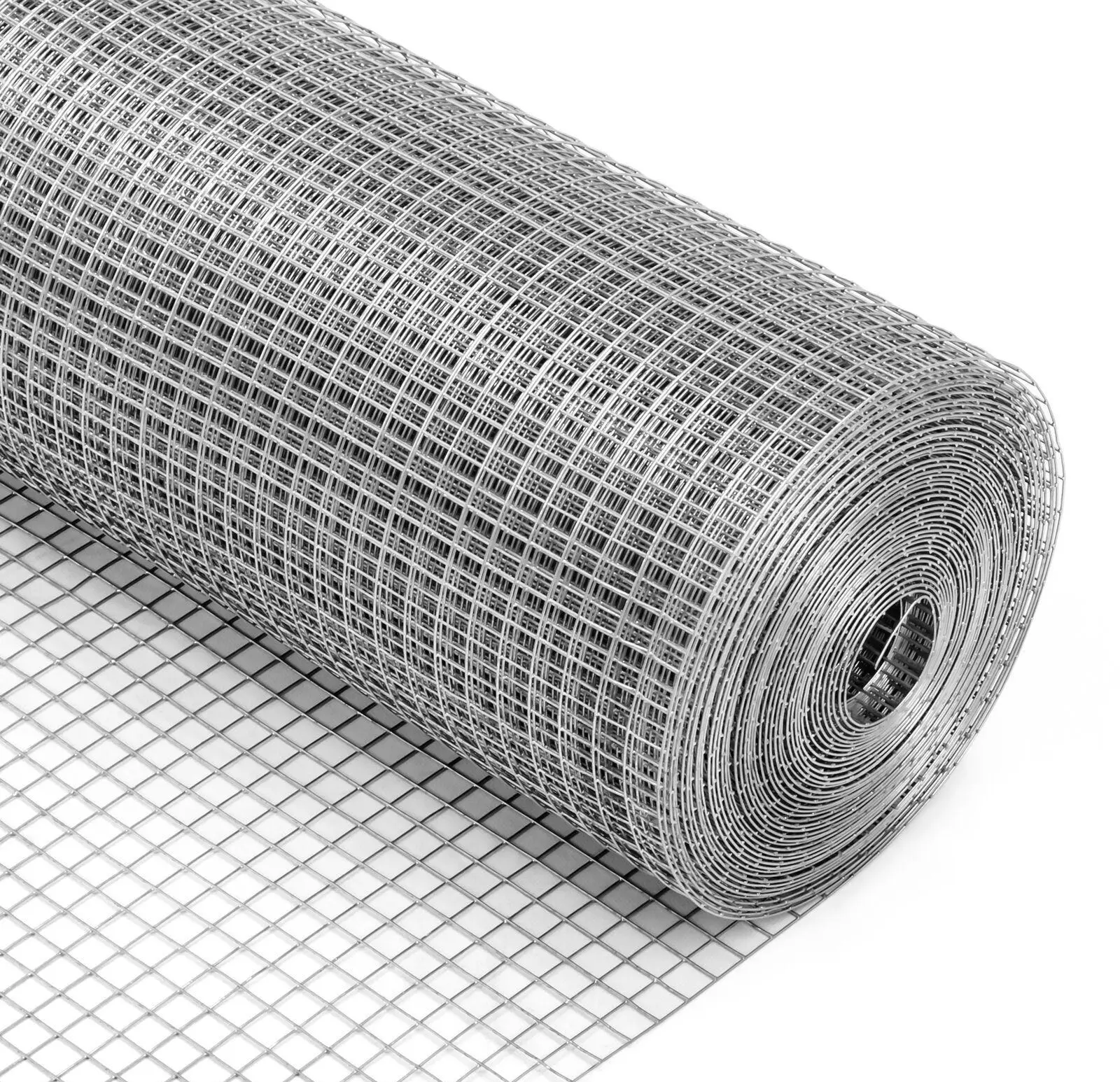-
 Afrikaans
Afrikaans -
 Albanian
Albanian -
 Amharic
Amharic -
 Arabic
Arabic -
 Armenian
Armenian -
 Azerbaijani
Azerbaijani -
 Basque
Basque -
 Belarusian
Belarusian -
 Bengali
Bengali -
 Bosnian
Bosnian -
 Bulgarian
Bulgarian -
 Catalan
Catalan -
 Cebuano
Cebuano -
 China
China -
 Corsican
Corsican -
 Croatian
Croatian -
 Czech
Czech -
 Danish
Danish -
 Dutch
Dutch -
 English
English -
 Esperanto
Esperanto -
 Estonian
Estonian -
 Finnish
Finnish -
 French
French -
 Frisian
Frisian -
 Galician
Galician -
 Georgian
Georgian -
 German
German -
 Greek
Greek -
 Gujarati
Gujarati -
 Haitian Creole
Haitian Creole -
 hausa
hausa -
 hawaiian
hawaiian -
 Hebrew
Hebrew -
 Hindi
Hindi -
 Miao
Miao -
 Hungarian
Hungarian -
 Icelandic
Icelandic -
 igbo
igbo -
 Indonesian
Indonesian -
 irish
irish -
 Italian
Italian -
 Japanese
Japanese -
 Javanese
Javanese -
 Kannada
Kannada -
 kazakh
kazakh -
 Khmer
Khmer -
 Rwandese
Rwandese -
 Korean
Korean -
 Kurdish
Kurdish -
 Kyrgyz
Kyrgyz -
 Lao
Lao -
 Latin
Latin -
 Latvian
Latvian -
 Lithuanian
Lithuanian -
 Luxembourgish
Luxembourgish -
 Macedonian
Macedonian -
 Malgashi
Malgashi -
 Malay
Malay -
 Malayalam
Malayalam -
 Maltese
Maltese -
 Maori
Maori -
 Marathi
Marathi -
 Mongolian
Mongolian -
 Myanmar
Myanmar -
 Nepali
Nepali -
 Norwegian
Norwegian -
 Norwegian
Norwegian -
 Occitan
Occitan -
 Pashto
Pashto -
 Persian
Persian -
 Polish
Polish -
 Portuguese
Portuguese -
 Punjabi
Punjabi -
 Romanian
Romanian -
 Russian
Russian -
 Samoan
Samoan -
 Scottish Gaelic
Scottish Gaelic -
 Serbian
Serbian -
 Sesotho
Sesotho -
 Shona
Shona -
 Sindhi
Sindhi -
 Sinhala
Sinhala -
 Slovak
Slovak -
 Slovenian
Slovenian -
 Somali
Somali -
 Spanish
Spanish -
 Sundanese
Sundanese -
 Swahili
Swahili -
 Swedish
Swedish -
 Tagalog
Tagalog -
 Tajik
Tajik -
 Tamil
Tamil -
 Tatar
Tatar -
 Telugu
Telugu -
 Thai
Thai -
 Turkish
Turkish -
 Turkmen
Turkmen -
 Ukrainian
Ukrainian -
 Urdu
Urdu -
 Uighur
Uighur -
 Uzbek
Uzbek -
 Vietnamese
Vietnamese -
 Welsh
Welsh -
 Bantu
Bantu -
 Yiddish
Yiddish -
 Yoruba
Yoruba -
 Zulu
Zulu
insect net
The Fascinating World of Insect Nets
In the realm of entomology and ecological studies, insect nets play a pivotal role in our understanding of the diverse world of insects. These simple yet effective tools are designed for collecting and observing insects in their natural habitats, allowing researchers, hobbyists, and even students to delve into the complexities of entomological sciences.
Insect nets come in various shapes and sizes, each tailored for specific insect-catching needs. The most common type is the sweep net, which consists of a circular frame with a fine mesh bag attached. This design allows for efficient sweeping through grasslands, meadows, or other vegetation, capturing insects that flit or cling to plants. Meanwhile, the aerial net, often used by butterfly enthusiasts and researchers alike, features a longer handle and a relatively deep bag, making it ideal for catching flying insects, particularly during their active flight periods.
The design of insect nets has evolved over time, incorporating lightweight materials and ergonomic handles to enhance user experience and reduce fatigue during fieldwork
. Advances in fabric technology also ensure that the nets are durable yet fine enough to catch even the smallest of insects without causing harm. With the growing emphasis on sustainable practices, many manufacturers are now using eco-friendly materials to produce these essential tools.insect net
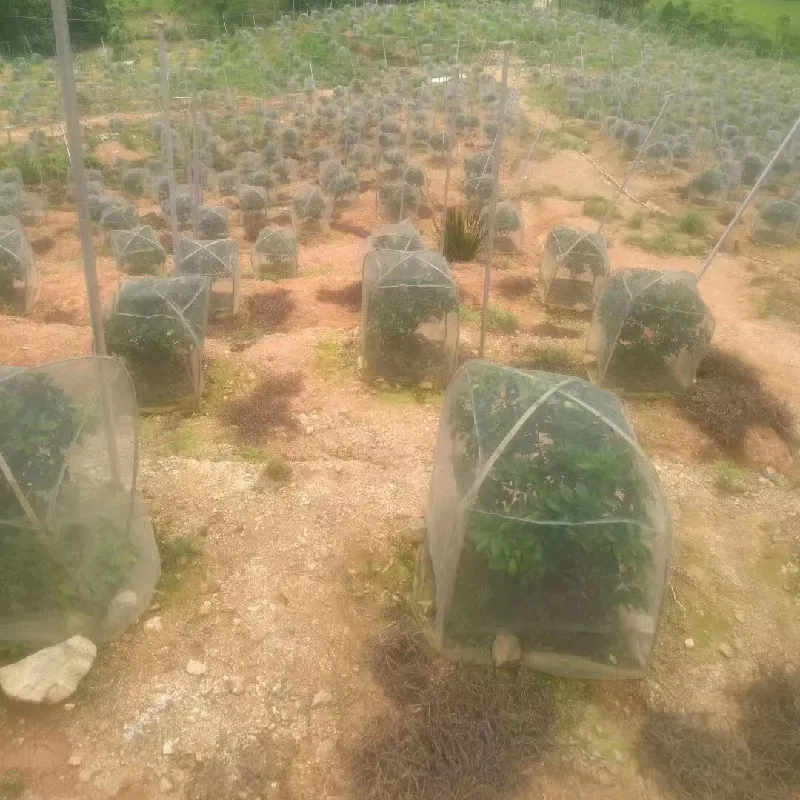
Using an insect net is not merely about collecting specimens; it is a gateway to profound learning experiences. By capturing and observing insects in their natural environment, enthusiasts can engage in identifying various species, understanding their behaviors, and learning about their ecological roles. This process fosters an appreciation for biodiversity and the intricate balance of ecosystems. For students, hands-on experiences with insect nets can ignite a passion for biology and ecology, encouraging a new generation of scientists and environmental advocates.
Moreover, insect nets are indispensable in scientific research. Entomologists use them for population studies, pest control monitoring, and assessing biodiversity in different ecosystems. For instance, a researcher may use a net to sample insect populations in a specific habitat, analyzing the data to understand ecosystem health or the impacts of climate change on insect diversity. Such studies can inform conservation efforts and sustainable agricultural practices, highlighting the crucial relationship between insects and ecosystem functionality.
Insect nets are not limited to professional use; they are accessible tools for anyone interested in exploring the world of insects. Families can use them during outdoor excursions, turning ordinary trips into exciting adventures filled with discoveries. Children learn to respect and appreciate nature as they catch and release insects, contributing to a broader understanding of their importance in pollination, decomposition, and food webs.
In conclusion, insect nets are more than just tools; they are gateways to exploration and education. Whether used by professionals conducting vital research or by curious individuals enjoying nature, these nets connect us to the intricate and often overlooked world of insects. They remind us of the delicate balance of our ecosystems and the importance of every tiny creature within them. So, next time you venture outdoors, consider taking an insect net along with you—who knows what remarkable discoveries await!
-
Shipping Plastic Bags for Every NeedNewsJul.24,2025
-
Safety Netting: Your Shield in ConstructionNewsJul.24,2025
-
Plastic Mesh Netting for Everyday UseNewsJul.24,2025
-
Nylon Netting for Every UseNewsJul.24,2025
-
Mesh Breeder Box for Fish TanksNewsJul.24,2025
-
Expanded Steel Mesh Offers Durable VersatilityNewsJul.24,2025




